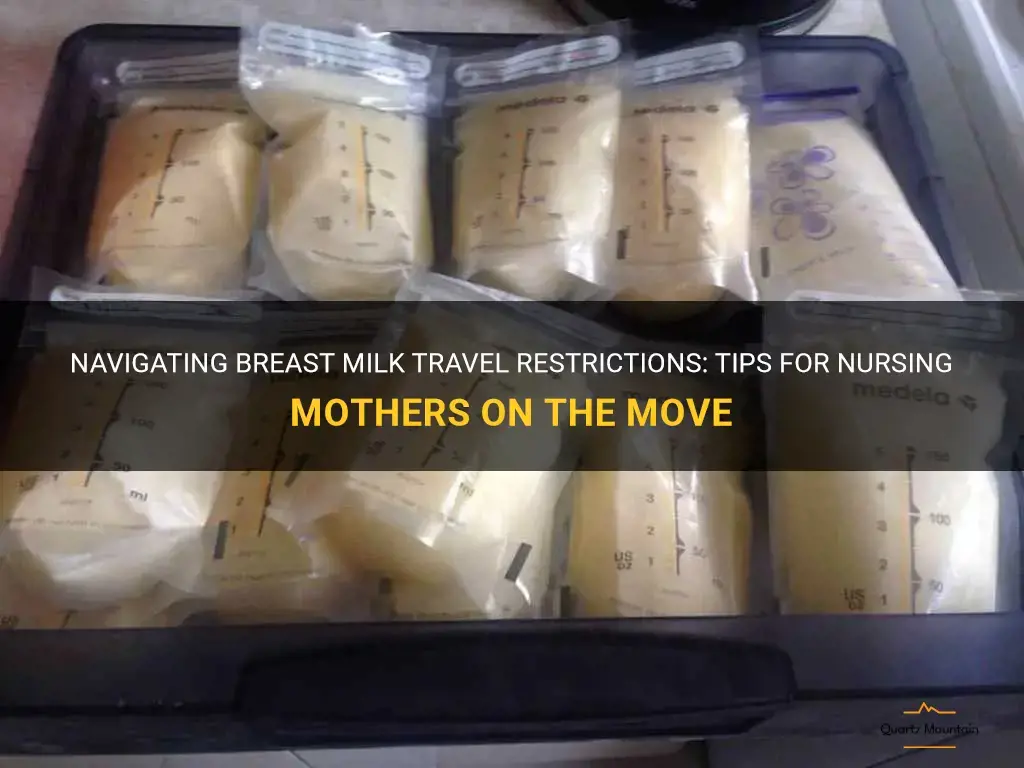
Breast milk travel restrictions have become a topic of significant discussion and debate in recent years, as mothers around the world face challenges when trying to transport their baby's most valuable source of nourishment. With an increasing number of women choosing to breastfeed their babies and an expanding trend towards international travel, questions arise regarding how to navigate airline policies, security screenings, and customs regulations while ensuring that breast milk remains safe and viable for infants. This issue brings to light the complexities of balancing the needs of breastfeeding mothers and the limitations imposed by travel regulations, raising important questions about equality, convenience, and the rights of nursing mothers.
What You'll Learn
- What are the current travel restrictions for bringing breast milk through airport security?
- Can breast milk be transported on a plane without the presence of the baby or mother?
- Are there any limits on the amount of breast milk that can be brought on a flight?
- Are there any specific regulations or guidelines for transporting breast milk internationally?
- What steps can be taken to ensure that breast milk remains safe and properly stored during travel?

What are the current travel restrictions for bringing breast milk through airport security?
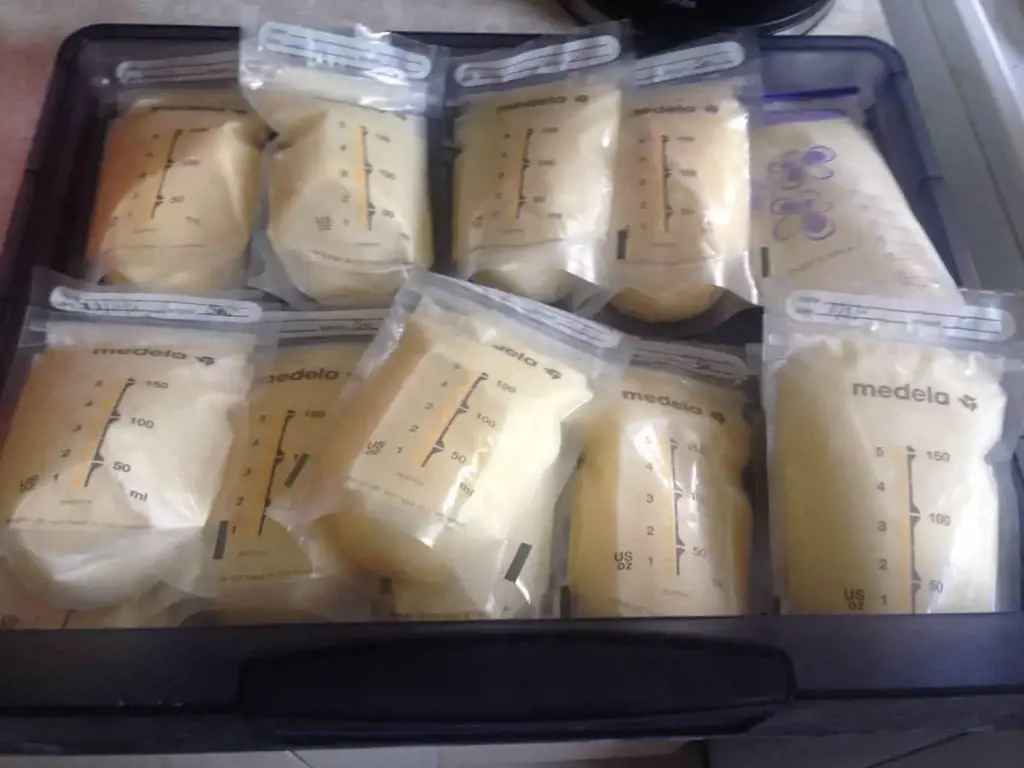
Traveling with an infant can be challenging, and when it comes to bringing breast milk through airport security, many parents may have questions about the current travel restrictions. Here, we will discuss everything you need to know about traveling with breast milk and the rules you should follow to ensure a smooth and hassle-free experience.
First and foremost, it's important to note that breast milk is exempt from the usual rules for liquids when passing through airport security checkpoints. This means that you can bring breast milk in quantities greater than the standard 3.4 ounces (100 milliliters) allowed for other liquids in carry-on luggage. However, there are a few guidelines and recommendations that you should follow.
To begin, it is advisable to inform the Transportation Security Administration (TSA) officers upon arrival at the security checkpoint that you are carrying breast milk. This will allow them to better assist you and ensure a smoother screening process. It is also helpful to have the breast milk properly stored and easily accessible, just like you would with any other liquid.
When packing breast milk, it is recommended to use sealable, spill-proof containers to prevent any leakage. These containers should be placed in a clear, quart-sized plastic bag, which is the standard requirement for carrying liquids through airport security. If you are carrying frozen breast milk, the TSA recommends packing it in insulated cooler bags to maintain its temperature during travel.
One important thing to note is that the TSA may subject breast milk to additional screening procedures, such as X-ray or visual inspection. While X-ray screening is considered safe for breast milk, if you prefer to avoid this, you can request an alternative screening method, such as a visual inspection of the containers. It is always a good idea to communicate your preferences and concerns to the TSA officers when you arrive at the security checkpoint.
It is also worth mentioning that the TSA allows for the transportation of breast milk in both checked baggage and carry-on luggage. If you choose to pack breast milk in your checked baggage, it is recommended to place it in sealed containers or plastic bags to prevent any leakage. It's a good idea to use insulated cooler bags or ice packs to keep the milk at the appropriate temperature during the journey.
In addition to the TSA guidelines, it is essential to research and comply with any specific regulations imposed by the airlines you are traveling with. Each airline may have its own rules and requirements for traveling with breast milk, so it is important to check their website or contact customer service before your trip.
In conclusion, traveling with breast milk through airport security is generally allowed and exempt from the usual liquid restrictions. It is advisable to inform the TSA officers about the breast milk, pack it properly, and be prepared for additional screening procedures if necessary. By following these guidelines and checking with your airline for any specific regulations, you can ensure a hassle-free travel experience while bringing breast milk for your infant.
Washington Implements New Air Travel Restrictions in Response to COVID-19
You may want to see also

Can breast milk be transported on a plane without the presence of the baby or mother?
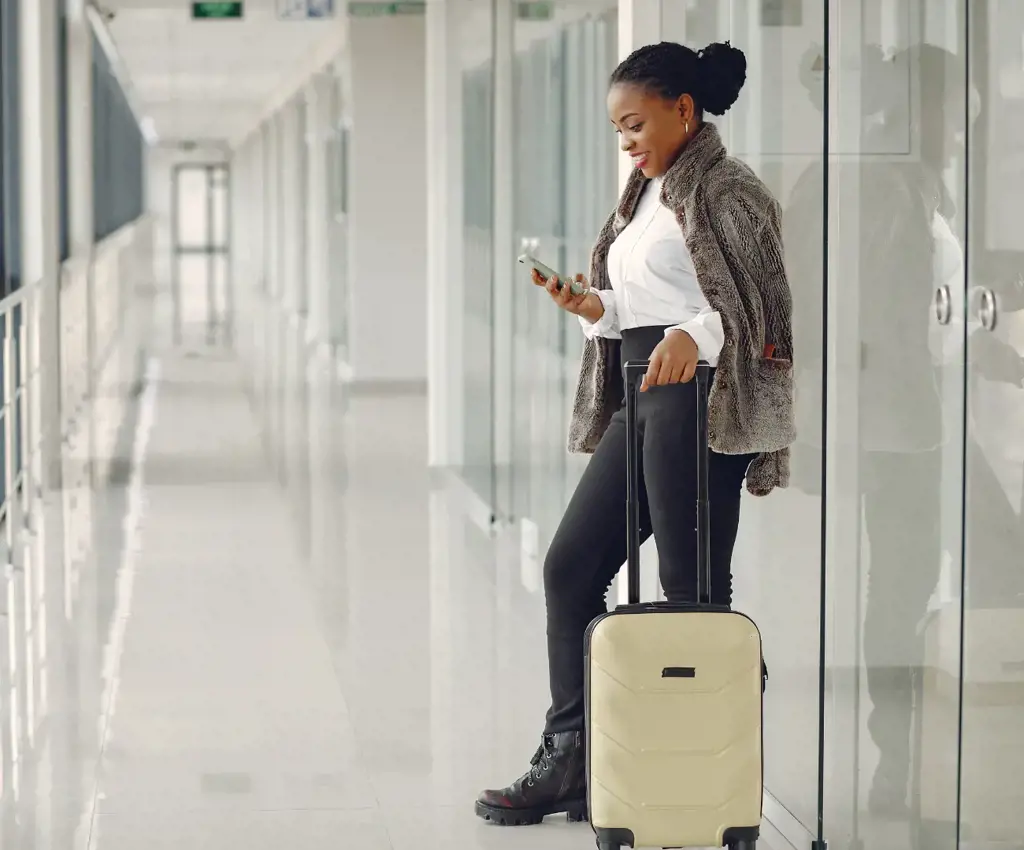
Breast milk is an essential source of nutrition for infants, and many mothers choose to breastfeed their babies even while traveling. However, there are instances where a mother may need to transport breast milk without the presence of the baby or mother, such as when traveling for work or leaving the baby with a caregiver.
Transporting breast milk on a plane is generally allowed and is considered an exemption to the usual restrictions on liquids. It is important to note that the rules and regulations regarding the transportation of breast milk may vary between airlines and countries. It is recommended to check with the specific airline or the airport authorities before traveling to ensure compliance with the regulations.
Here are some general guidelines to keep in mind when transporting breast milk on a plane:
- Packaging: Breast milk should be stored in a leak-proof container such as a hard-sided cooler or specialized breast milk storage bags. It is advisable to use several smaller containers rather than one large container to prevent spillage in case of any accidents.
- Quantity: There are generally no restrictions on the amount of breast milk that can be carried on a flight. However, it is advisable to carry only the amount you will need for the duration of the journey to minimize waste and any potential issues during security checks.
- Security checks: It is important to inform the security personnel at the airport about the presence of breast milk in your luggage. They may ask you to separate the milk from other liquids and subject it to additional screening. Be prepared for additional checks, such as opening the containers or conducting a chemical test.
- Cooling: Breast milk does not need to be refrigerated during the flight. However, if you have a long journey or need to store the milk for an extended period, consider packing it with ice packs or using specially designed insulated bags to maintain its temperature.
- Documentation: Although not always mandatory, it is advisable to carry a doctor's note or a letter from the baby's pediatrician confirming the need for breast milk. This can be helpful in case of any questions or concerns raised by the security personnel.
- Considerations for international travel: Rules and regulations may differ when traveling internationally. It is essential to research and understand the regulations of both the departure and arrival countries. Some countries may have specific requirements or restrictions on the importation of breast milk.
In conclusion, breastfeeding mothers can transport breast milk on a plane without the presence of the baby or mother. It is important to follow the guidelines and regulations set by airlines and airport authorities and be prepared for additional security checks. By taking proper precautions and planning ahead, mothers can ensure that their breast milk remains safe and ready to nourish their baby, even while traveling.
The Ins and Outs of Air Travel with Location Restricted Knives
You may want to see also

Are there any limits on the amount of breast milk that can be brought on a flight?
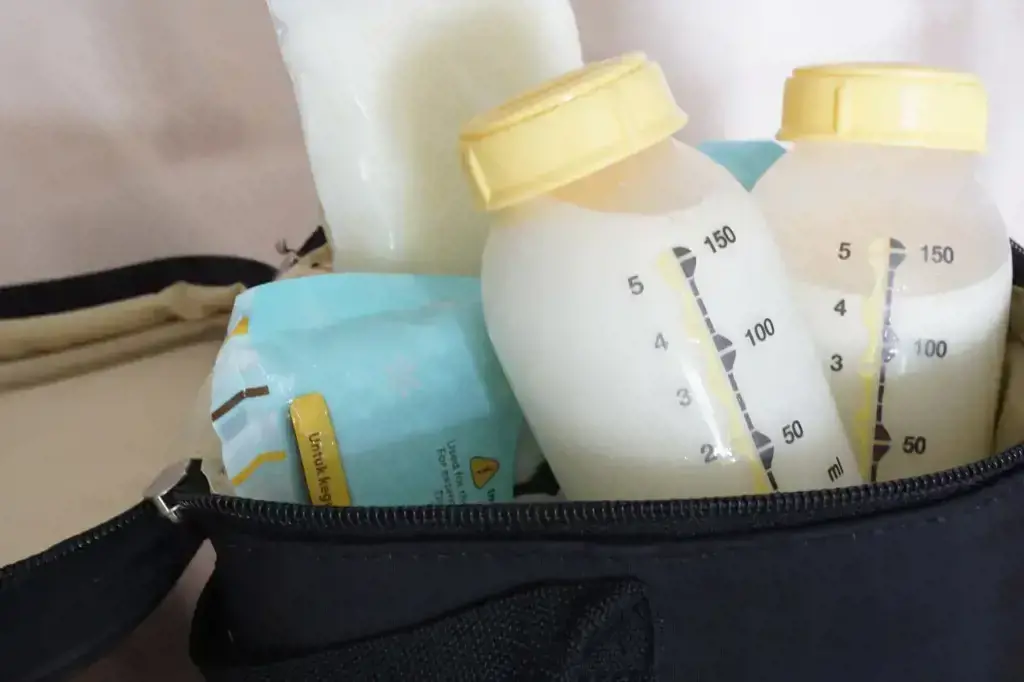
When it comes to traveling with breast milk, many nursing mothers may have questions about the regulations and restrictions in place. One common question is whether there are any limits on the amount of breast milk that can be brought on a flight. Let's explore the answer to this question and provide some helpful information for breastfeeding moms who are planning to travel by air.
Fortunately, both the Transportation Security Administration (TSA) in the United States and most airlines are supportive of mothers who need to bring breast milk on a flight. In general, there are no specific limits on the amount of breast milk that can be brought aboard a plane. However, there are some guidelines to keep in mind to ensure a smooth travel experience.
First and foremost, breast milk is exempt from the TSA's 3-1-1 rule, which limits the amount of liquids that can be carried through security checkpoints. You can bring breast milk in quantities greater than the standard 3.4 ounces (100 milliliters) as long as you declare it for inspection. It's recommended to inform the TSA officer that you have breast milk before screening begins.
To facilitate the screening process, you may want to separate your breast milk from other liquids in your carry-on bag. Packing the breast milk in sealable bags or containers can help prevent any spills or leaks during the security screening. Additionally, it's a good idea to bring along ice packs or cooler bags to keep the milk cold during the flight.
If you have a large amount of breast milk, it's advisable to inform the airline in advance. While they may not have specific restrictions on the amount, they can help ensure that you have enough storage space in the refrigeration units on the aircraft. It's also worth mentioning that some airlines may require a medical letter or documentation from a healthcare professional to allow for larger quantities of breast milk, so it's always a good idea to check with your airline beforehand.
Once you're on the plane, it's important to keep the breast milk properly stored. If you have access to a refrigerator or cooler during the flight, make use of it to keep the milk at a safe temperature. If not, you can place the breast milk in a seat-back pocket or under the seat in front of you. Avoid storing it in the overhead bin, as temperature fluctuations may affect the quality of the milk.
If you need to pump breast milk during the flight, some airlines may provide special accommodations or facilities. It's best to inquire about this during the booking process or when checking in for your flight.
In conclusion, there are generally no limits on the amount of breast milk that can be brought on a flight. The TSA and airlines offer support and exemptions for breastfeeding mothers, making it easier to travel with breast milk. By following the guidelines and notifying the appropriate authorities in advance, you can ensure a smooth and hassle-free journey while keeping your breast milk safe.
Keep Calm and Plan Ahead: Navigating Colorado's Travel Restrictions
You may want to see also

Are there any specific regulations or guidelines for transporting breast milk internationally?
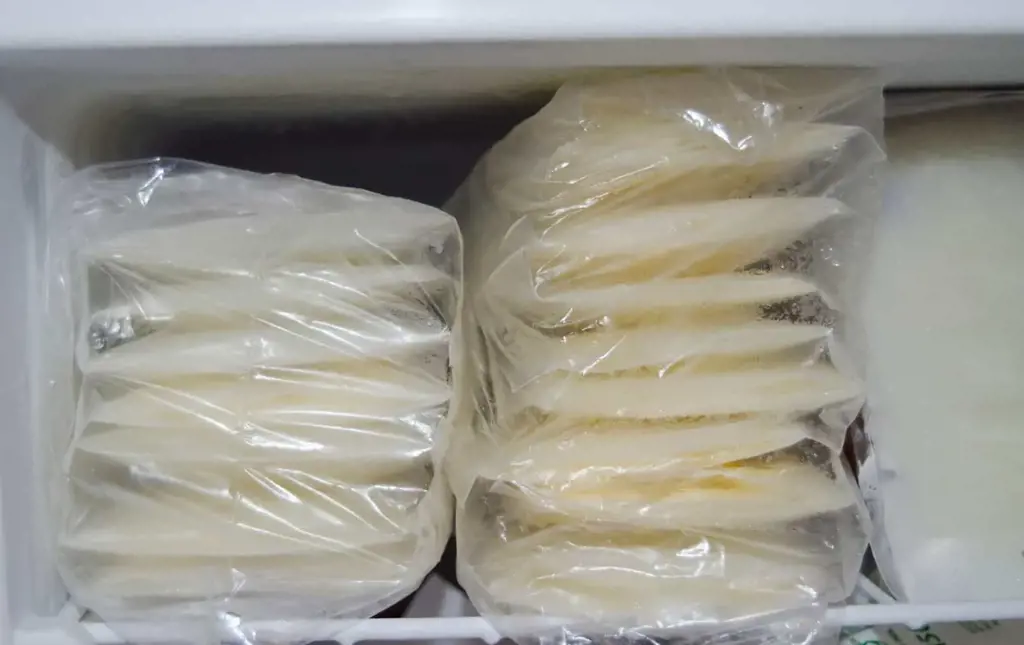
When it comes to traveling internationally with breast milk, it is important to be aware of any specific regulations or guidelines that may apply. Breast milk is considered a liquid, which means it may be subject to the same restrictions as other liquids when going through airport security. However, there are some exceptions and additional considerations for transporting breast milk.
First and foremost, it is important to check the regulations of the airlines you will be flying with. Each airline may have its own policies and procedures for traveling with breast milk. Some airlines may allow you to carry breast milk in addition to your carry-on baggage allowance, while others may require it to be included within your normal liquid allowances.
In general, most countries allow you to bring breast milk in reasonable quantities for your child's journey, even if it exceeds the usual limit for liquids. However, it is important to note that these guidelines may vary by country, so it is always a good idea to research the specific regulations of your destination before traveling.
When traveling with breast milk, it is recommended to carry it in a cooler bag with ice packs to ensure it stays at a safe temperature. It is also a good idea to bring extra bottles or storage bags in case of spills or leaks. In addition, it is helpful to have a printed copy of any applicable regulations or guidelines that you can present to airport security or airline staff if needed.
It is important to note that while breast milk is generally exempt from the restrictions on liquids, it may still be subject to additional screening or testing at airport security. This is done to ensure the safety and security of all passengers. If you are requested to have your breast milk further inspected, it is important to remain patient and cooperative with security personnel.
In some cases, it may be advisable to freeze your breast milk before traveling, as frozen breast milk is typically subject to fewer restrictions than liquid breast milk. However, it is important to check the regulations of your destination country, as some may still have specific guidelines for transporting frozen breast milk.
Overall, while there may not be specific regulations for transporting breast milk internationally, it is important to be aware of the general guidelines and vary by airline or country. By planning ahead and familiarizing yourself with the policies of the airlines and countries you will be traveling with, you can ensure a smooth and hassle-free journey with your breast milk.
COVID-19 Update: Air Travel Restrictions in Massachusetts
You may want to see also

What steps can be taken to ensure that breast milk remains safe and properly stored during travel?
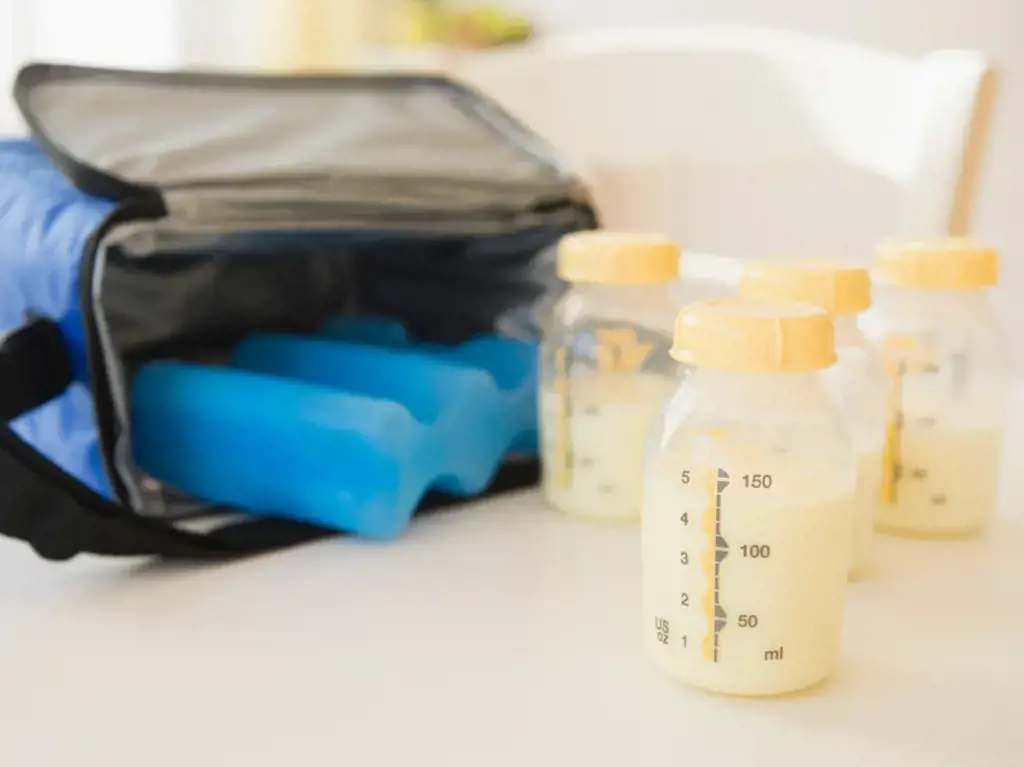
When traveling with a breastfed baby, it's important to ensure that breast milk remains safe and properly stored to maintain its quality and prevent potential contamination. Here are some steps you can take to ensure the safety of breast milk during travel:
- Use a Cooler Bag or Insulated Cooler: Invest in a good-quality cooler bag or insulated cooler to store breast milk. These bags are designed to maintain the temperature of the milk and keep it cool for an extended period of time. Look for a bag with sufficient insulation and airtight seals to prevent any leakage or spoilage.
- Use Ice Packs or Frozen Gel Packs: Place ice packs or frozen gel packs in the cooler bag with the breast milk. These cold packs will help to keep the milk at a safe temperature and prevent it from thawing too quickly. Make sure to use gel packs specifically designed for breast milk storage, as they are non-toxic and safe for food use.
- Freeze the Milk Before Travel: If you have the option, freeze the breast milk before your journey. Frozen breast milk can stay safe for up to 24 hours in a cooler bag with ice packs. Freezing the milk also helps to maintain its quality during travel.
- Double Bag the Milk: To provide an extra layer of protection, double bag the breast milk before placing it in the cooler bag. This will help to prevent any leakage or cross-contamination if one of the bags gets damaged.
- Keep the Milk Separate from Other Food: It's important to store breast milk separately from other foods in the cooler bag to avoid any potential contamination. Place the milk in an airtight container or breast milk storage bags to keep it isolated.
- Avoid Opening the Cooler Bag Frequently: Limit the number of times you open the cooler bag to keep the temperature stable. Frequent opening can cause the milk to warm up quickly and increase the risk of spoilage.
- Use Frozen Milk as Ice Packs: If you are traveling with frozen breast milk, you can use it as an additional ice pack in the cooler bag. This not only helps to keep the milk frozen but also acts as a backup in case the ice packs thaw.
- Store the Cooler Bag in an Air-Conditioned Space: During travel, try to keep the cooler bag in an air-conditioned space, such as the car's air-conditioned compartment or the cabin of an airplane. Avoid leaving the bag in direct sunlight or in hot areas, as this can cause the milk to spoil.
- Check the Temperature Regularly: Keep an eye on the temperature of the cooler bag by using a thermometer. The ideal temperature for breast milk storage is between 32°F and 39°F (0°C and 4°C). If the temperature rises above this range, discard the milk to ensure the baby's safety.
- Use the Milk within the Recommended Timeframe: Breast milk can be safely stored for different time periods depending on the storage method. Follow the guidelines provided by health authorities to ensure that you use the milk within the recommended timeframe to maintain its safety and quality.
By following these steps, you can ensure that breast milk remains safe and properly stored during travel. Always prioritize the safety and health of your baby by taking necessary precautions and being attentive to the storage conditions.
Understanding the ASEAN Travel Restrictions: What You Need to Know
You may want to see also
Frequently asked questions
Yes, you are allowed to bring breast milk on a plane. According to TSA regulations, breast milk is considered a medically necessary liquid and is exempt from the 3.4-ounce liquid rule.
When traveling by car, it is important to keep the breast milk cool. You can use a cooler with ice packs, or invest in a portable breast milk cooler. Make sure to pack the breast milk in leak-proof containers and place in a insulated bag for added protection.
Yes, you can bring breast milk on an international flight. However, it is important to check the specific regulations of the country you are traveling to, as some countries may have additional restrictions or requirements. It is recommended to contact the airline and check with them to ensure compliance with their regulations and any necessary documentation or forms.







